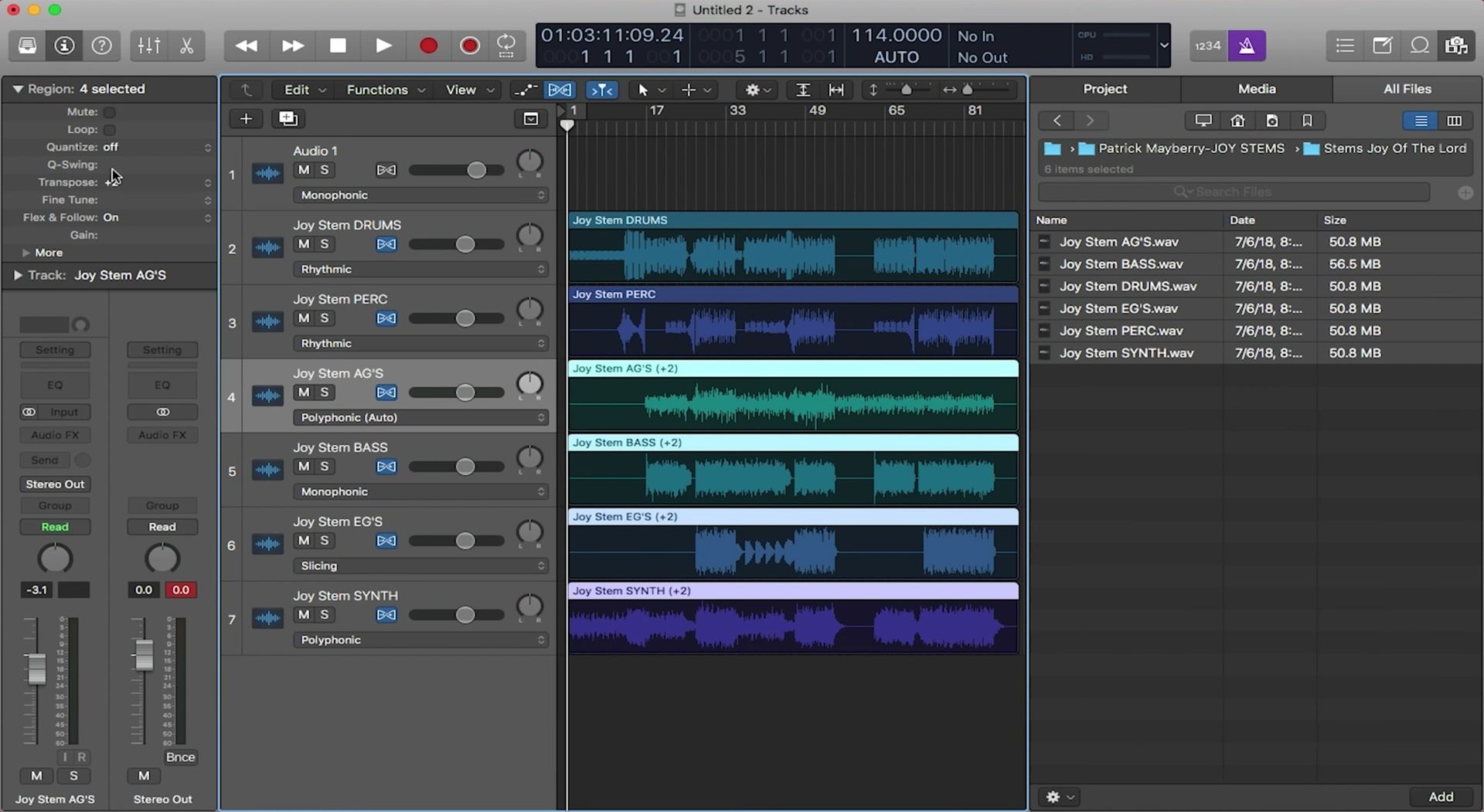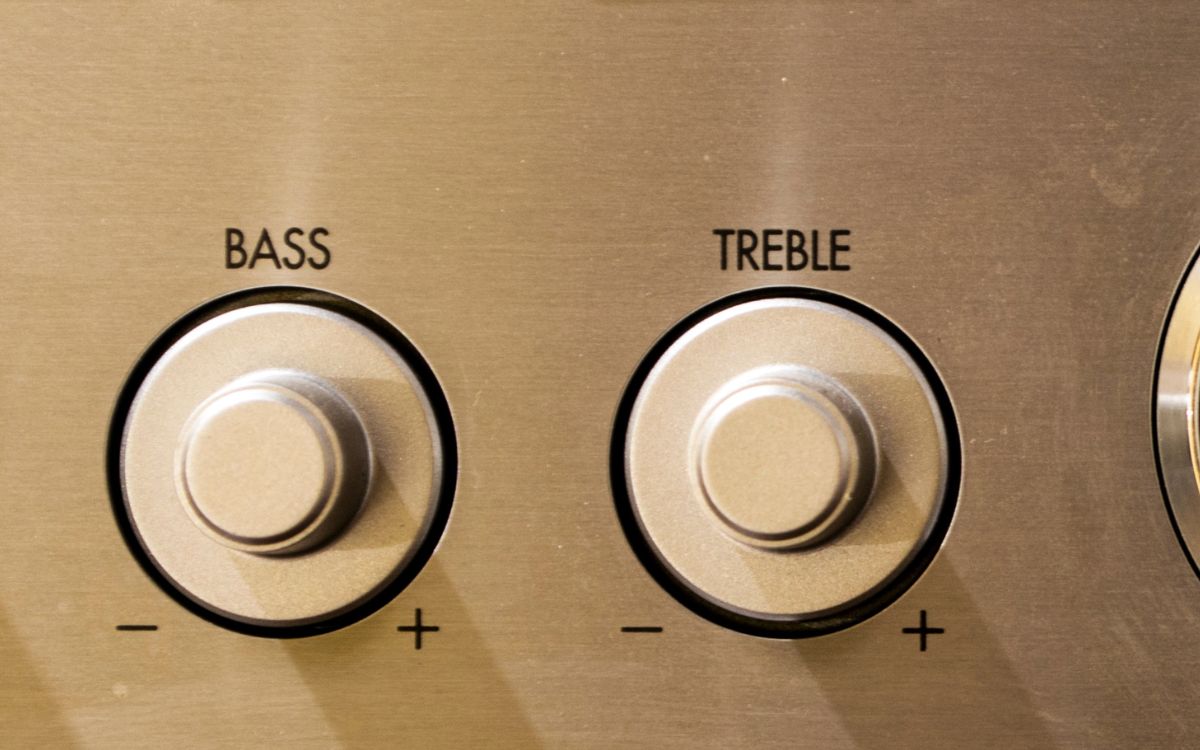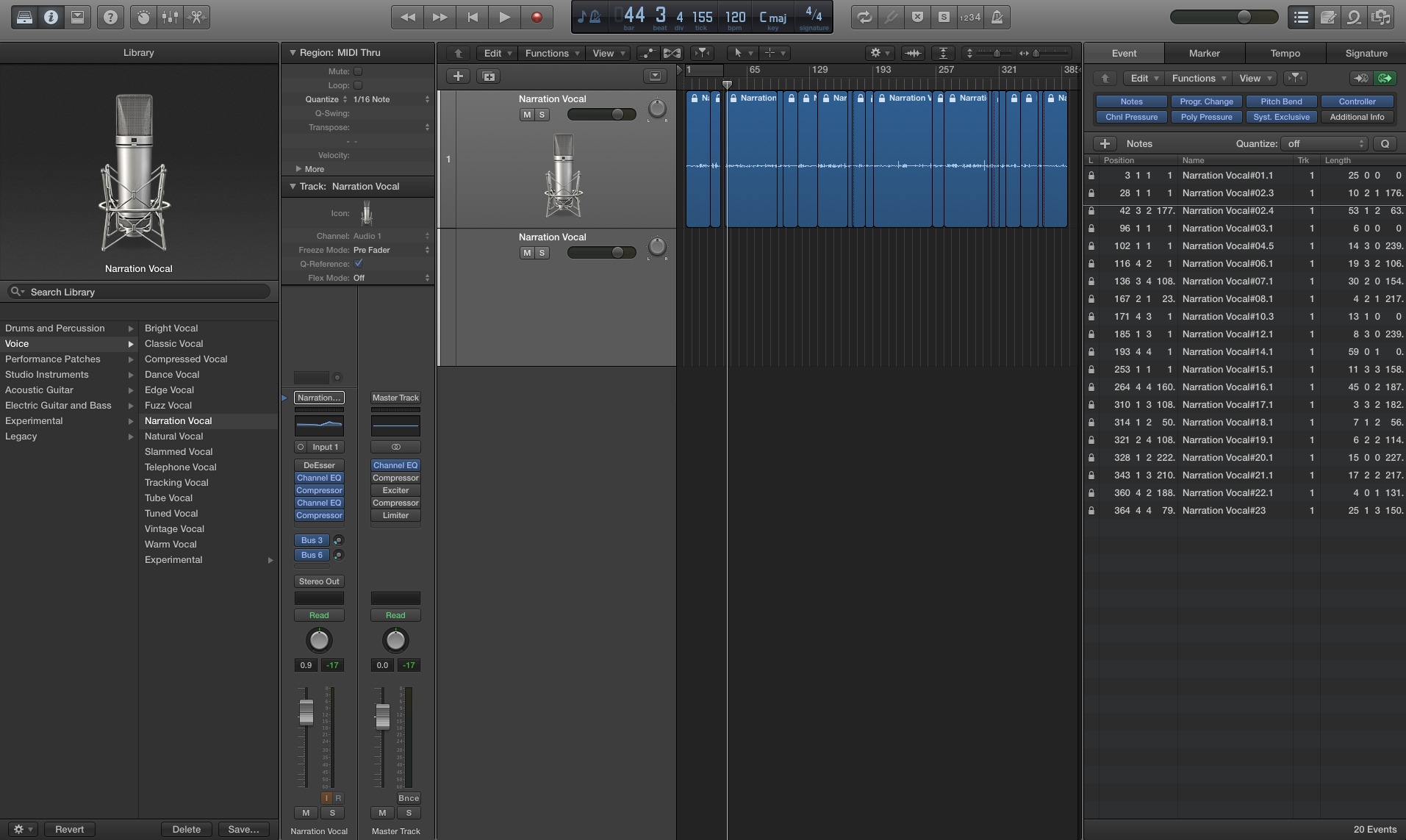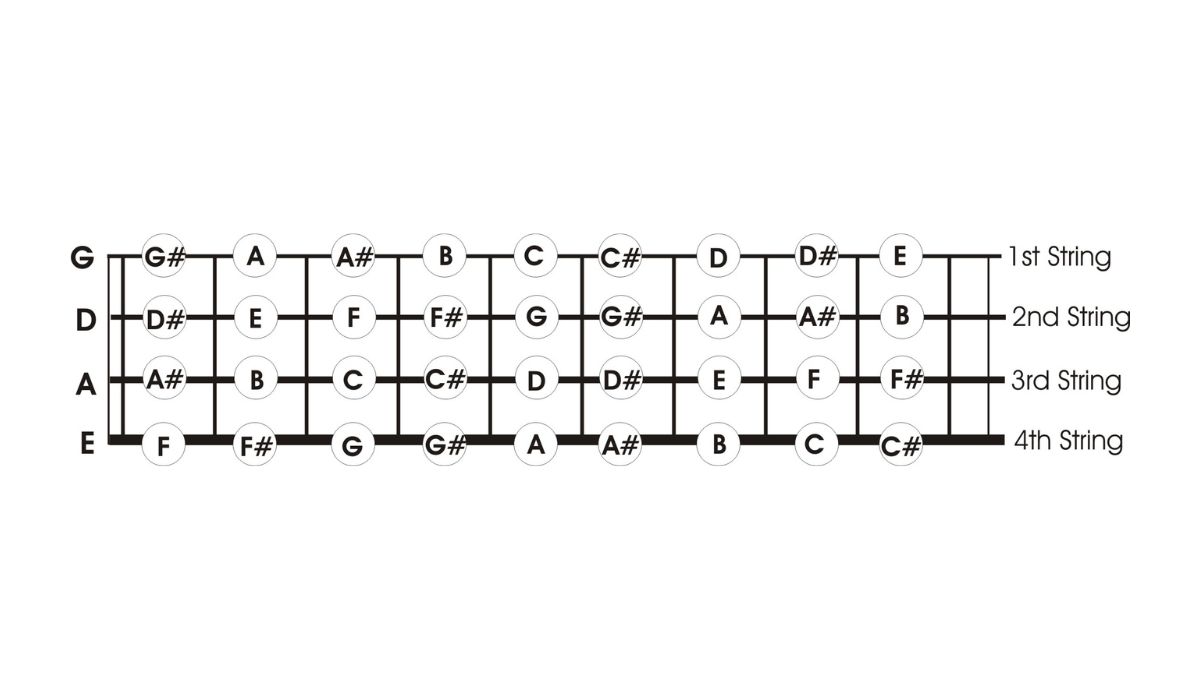Home>Events & Info>Acapella>How To Change The Key Of Acapella


Acapella
How To Change The Key Of Acapella
Published: January 3, 2024
Learn how to change the key of your acapella with our step-by-step guide. Transform your vocals and create unique harmonies effortlessly.
(Many of the links in this article redirect to a specific reviewed product. Your purchase of these products through affiliate links helps to generate commission for AudioLover.com, at no extra cost. Learn more)
Table of Contents
Introduction
Welcome to the world of acapella music! Acapella, derived from the Italian word meaning “in the chapel,” refers to vocal music performed without instrumental accompaniment. It showcases the raw beauty and versatility of the human voice, harnessing the power of harmony, rhythm, and melody.
One of the intriguing aspects of acapella music is the ability to change the key, allowing singers and groups to adapt the song to their vocal range or desired musical style. In this article, we will explore how to change the key of acapella, providing you with the knowledge and tools to unlock new possibilities.
Changing the key of an acapella track can open up a world of creative opportunities. It allows you to perform songs that were originally outside of your vocal range, experiment with different harmonies, or adapt the song to match the musical style of your group. Whether you’re a solo artist, a member of an acapella group, or simply an enthusiast looking to explore the technical side of acapella music, learning how to change the key will give you greater flexibility and control over the songs you perform.
In the following sections, we will delve into the technicalities of key changing, discussing the tools and software available, and providing step-by-step instructions to guide you through the process. We will also share some valuable tips and tricks for achieving the best results.
So, let’s dive in and discover the art of key changing in acapella music!
Understanding Acapella and Key
Before we delve into the world of key changing in acapella music, it’s important to understand the basic concepts of both acapella and key.
Acapella music, as mentioned earlier, is a vocal performance without instrumental accompaniment. It relies solely on the human voice to create harmony, melody, and rhythm. It has a long history, originating in religious rituals and later evolving into various genres such as barbershop, doo-wop, and contemporary acapella groups.
The key of a song, on the other hand, refers to the musical scale that the song is based on. It determines the overall pitch and tonal center of the piece. Changing the key involves transposing the song’s melodies and harmonies, shifting them up or down in pitch without altering their relative relationships.
When working with acapella tracks, changing the key allows you to adapt the song to the vocal range of the singer or the group. It can be particularly useful when a song is outside the comfortable singing range, making it too high or too low for optimal performance. By transposing the key, you can bring the song into a range that is more suitable for the vocalist(s).
Understanding the relationship between acapella and key is crucial for successful key changing. It allows you to maintain the integrity of the original song while tailoring it to your specific needs or musical preferences. By mastering the art of key changing in acapella music, you gain the ability to transform songs and explore new dimensions of creativity within the genre.
In the next sections, we will explore the tools and software available for key changing in acapella, as well as the step-by-step process to achieve a seamless key change. So, let’s continue our journey into the fascinating world of acapella music!
Tools and Software for Key Changing
When it comes to changing the key of an acapella track, there are several tools and software options available to simplify the process. These tools offer varying levels of functionality and user-friendliness, allowing you to choose the one that best suits your needs and expertise.
1. Digital Audio Workstations (DAWs): DAWs are powerful music production software used by professionals and enthusiasts alike. Popular DAWs such as Pro Tools, Logic Pro, and Ableton Live provide comprehensive features for manipulating audio, including key changing. These software programs often include pitch-shifting and time-stretching capabilities, allowing you to seamlessly alter the key of your acapella tracks.
2. Pitch Correction Plugins: Pitch correction plugins have become increasingly popular in the music industry, offering real-time pitch manipulation and correction. Plugins like Antares Auto-Tune and Celemony Melodyne allow you to not only correct the pitch of vocals but also transpose the key of an acapella track. These tools provide precise control over the key change, ensuring the integrity of the original performance is maintained.
3. Online Key Changing Tools: If you prefer a simpler and more accessible option, there are online tools available that specialize in key changing. Websites like Tunebat and keychange.io allow you to upload your acapella track and easily transpose the key by specifying the desired amount of pitch shift. These tools are user-friendly and don’t require any additional software installation.
4. Audio Editing Software: Audio editing software such as Audacity and Adobe Audition can also be used for key changing in acapella music. These programs offer basic pitch-shifting capabilities, allowing you to adjust the key of your tracks. While not as advanced as dedicated music production software, audio editing software can still be effective for simple key changes.
Before choosing a tool or software for key changing, consider your level of expertise and the specific features you require. If you’re a beginner, online key changing tools or user-friendly DAWs may be a good starting point. If you’re more experienced and need advanced functionality, professional DAWs or pitch correction plugins may better suit your needs.
Now that we’ve explored the tools and software available, let’s move on to the step-by-step process of changing the key of an acapella track. Stay tuned!
Steps to Change the Key of Acapella
Changing the key of an acapella track requires precision and attention to detail. By following these steps, you can successfully transpose the key of your acapella track while maintaining the integrity of the original performance:
- Choose the appropriate tool: Select the tool or software you will use to change the key of your acapella track. Consider your familiarity with the tool and its capabilities.
- Import the acapella track: Open the tool or software and import the acapella track you want to transpose. Ensure that the track is in a suitable audio format, such as WAV or MP3.
- Identify the current key: Listen to the acapella track and determine its current key. This will serve as a reference point for the key change process.
- Specify the desired key: Decide on the new key you want to transpose the acapella track to. Consider the vocal range of the singer or group and the desired musical style.
- Apply the key change: Use the pitch-shifting or key-changing feature of the tool/software to transpose the acapella track to the desired key. Follow the instructions provided by the tool/software to make the necessary adjustments.
- Check for artifacts: After applying the key change, carefully listen to the transposed acapella track. Pay attention to any pitch artifacts or unnatural sounds that may have been introduced during the key change process. Make any necessary adjustments to ensure a clean and natural-sounding result.
- Export the transposed acapella track: Once you’re satisfied with the key change, export the transposed acapella track in the desired audio format. Save it to a location on your computer for further use.
By following these steps, you can successfully change the key of your acapella track and adapt it to your specific needs and preferences. It’s important to note that the key change process may vary depending on the tool or software you’re using. Be sure to consult the user guide or documentation provided with the tool/software for detailed instructions.
Now that you know the steps involved in changing the key of an acapella track, let’s move on to the next section where we’ll discuss testing and adjusting the key. Stay tuned!
Test and Adjust the Key
Once you have successfully transposed the key of your acapella track, it is essential to test and adjust the key to ensure it sounds natural and harmonious. Testing and fine-tuning the key change will help you achieve the desired result and maintain the essence of the original performance. Here are some steps to guide you through this process:
- Listen critically: Take the time to listen to the transposed acapella track carefully. Pay attention to the overall pitch, individual vocal parts, and any changes that may have occurred during the key change process.
- Check for vocal strain: Assess whether the key change has introduced any strain or difficulties for the singer(s). Ensure that the new key is within a comfortable vocal range, allowing for a smooth and effortless performance.
- Evaluate harmonic integrity: Listen to the harmonies and vocal arrangements within the transposed acapella track. Ensure that the key change has not significantly altered the harmonic relationships between the vocal parts, preserving the original musical structure.
- Adjust individual vocal parts: If you notice any issues or inconsistencies with specific vocal parts, consider making adjustments. This may include manually editing or re-recording certain sections to better blend with the transposed key.
- Seek feedback: Share the transposed acapella track with others, such as vocal coaches, fellow musicians, or trusted listeners, and gather their feedback. This external perspective can offer valuable insights and help you identify any areas that may need further adjustment.
- Refine and fine-tune: Based on the feedback received, make any necessary refinements to the transposed key. This may involve further pitch adjustments or improvements to specific vocal parts to achieve the desired result.
- Document and save: Once you are satisfied with the final transposed key, make a note of the key change you applied and save the modified acapella track. This documentation will serve as a reference for future performances and collaborations.
Testing and adjusting the key is a critical step in the key changing process. It ensures that the transposed acapella track maintains the integrity of the original performance while delivering a harmonious and natural result.
In the next section, we’ll share some tips and tricks for key changing in acapella music, providing you with additional insights for achieving exceptional results. Keep reading!
Tips and Tricks for Key Changing
Key changing in acapella music can be a complex process, but with the right tips and tricks, you can achieve seamless and professional results. Here are some valuable tips to enhance your key changing skills:
- Consider the vocal range: Before changing the key, carefully consider the vocal range of the singer(s) or group. Ensure that the transposed key falls within a comfortable range, allowing for a confident and effortless performance.
- Use subtle adjustments: When changing the key, aim for subtle and gradual adjustments rather than drastic changes. This will help maintain the natural character of the acapella track and avoid any sudden shifts in tonality.
- Retain the original tempo: While changing the key, it’s important to retain the original tempo of the acapella track. Altering the tempo can result in unnatural-sounding performances and may require additional adjustments to maintain synchronization with other elements of the music.
- Experiment with harmonies: Key changing opens up opportunities to explore new harmonies within the acapella track. Experiment with different harmonizations and vocal arrangements to enhance the musicality and depth of the performance.
- Utilize backing tracks: Consider using backing tracks or instrumental accompaniment to support the transposed acapella track. This can add richness and depth to the overall sound, enhancing the musical experience for both performers and listeners.
- Seek professional assistance: If you’re working on a complex acapella arrangement or feel uncertain about the key changing process, consider seeking assistance from a vocal coach or audio engineer who specializes in acapella music. Their expertise can ensure optimal results and provide valuable insights.
- Practice and rehearse: Key changing, like any other musical skill, requires practice and rehearsal. Set aside dedicated time to refine your technique, rehearse the transposed acapella track, and make any necessary adjustments to achieve the desired outcome.
Remember, key changing is both an art and a technical process. It requires a balance between preserving the essence of the original performance and exploring new possibilities within the transposed key. By incorporating these tips and tricks into your key changing workflow, you can take your acapella music to new heights.
Now that we’ve covered various aspects of key changing in acapella music, let’s conclude our journey with a brief recap.
Conclusion
Changing the key of acapella music opens up a world of possibilities for singers and groups. With the ability to adapt songs to vocal range, explore new harmonies, and experiment with different musical styles, key changing adds a dynamic element to acapella performances.
In this article, we explored the basics of acapella and key, understanding their relationship and why key changing is important. We discussed various tools and software options for key changing, ranging from professional digital audio workstations to user-friendly online tools. We also provided a step-by-step guide to help you successfully transpose the key of your acapella tracks.
Testing and adjusting the key is a crucial step to ensure a natural and harmonious result. By critically listening to the transposed acapella track, checking for vocal strain, assessing the harmonies, and seeking feedback, you can refine the key change and achieve the desired outcome. Additionally, we shared some valuable tips and tricks to enhance your key changing skills, such as considering vocal range, using subtle adjustments, and experimenting with harmonies.
As you continue on your journey of key changing in acapella music, remember the importance of practice, rehearsal, and seeking professional assistance when needed. With dedication and creativity, you can unlock new dimensions of musical expression and captivate audiences with your transposed acapella performances.
So, embrace the art of key changing, let your imagination soar, and continue to explore the beautiful world of acapella music!











